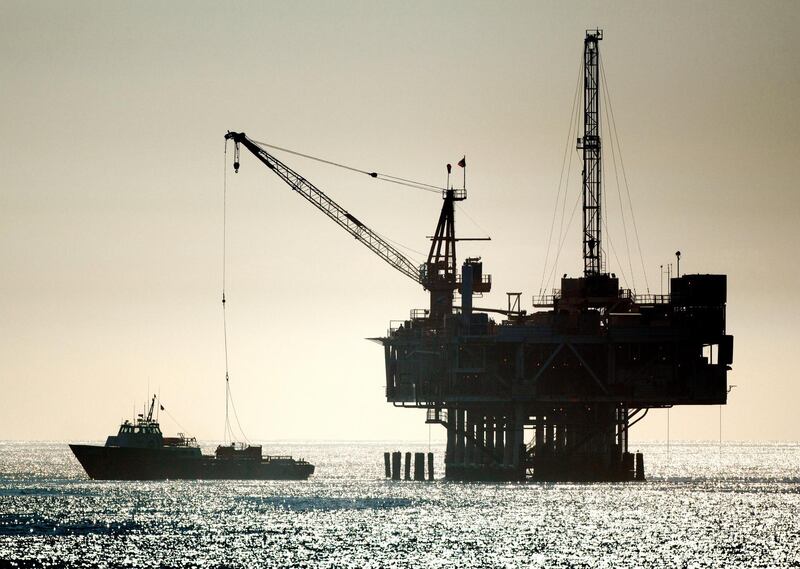The International Energy Agency (IEA) cut forecasts for global oil demand growth in 2018 as the highest prices in three years put a brake on consumption.
“The recent jump in oil prices will take its toll,” said the Paris-based agency, which advises most major economies on energy policy. Crude has climbed 17 per cent this year, trading near $78 a barrel in London on Wednesday.
Opec and its allies have finally succeeded in their 16-month campaign to clear a global oil glut, with inventories falling below their five-year average for the first time since 2014, the agency said. Markets are set to tighten further as output sinks in Venezuela and the US re-imposes sanctions on Iran. Yet the resulting price rally, while giving financial relief to producers, appears to be backfiring.
Besides lowering its demand outlook, stronger prices also prompted the IEA to increase estimates for supply from Opec’s rivals, particularly the US. Production outside Opec will grow by 1.87 million barrels a day this year, or 85,000 a day more than previously thought.
The agency trimmed its 2018 world demand growth projection by 40,000 barrels a day to 1.4 million a day, projecting total consumption at 99.2 million barrels a day.
Although the global economy remains robust, oil prices have surged about 75 per cent since last June, and “it would be extraordinary if such a large jump did not affect demand growth”, the IEA said. The “effect of higher prices should in particular become apparent in gasoline demand in the next few months,” it said.
_______________
Read more:
Oil beyond 2018: what lies ahead for 'Super Opec'
Saudi Arabia urges global oil producers to continue cooperation in 2019
_______________
Developing nations are especially sensitive to crude’s rally after many of them phased out fuel subsidies when prices were lower, the agency added.
The biggest unknown for the oil market now is the impact of US sanctions on Iran, which are being reimposed after US President Donald Trump abandoned an international nuclear accord with the country, the world’s fifth-largest oil exporter.
While it’s “too soon to say what will happen this time,” the agency said, Iran’s fellow Opec members could fill the gap because their pact to restrain supply leaves them with spare production capacity.
Opec’s Arabian Gulf producers and Russia have about 1.3 million barrels a day of output idle, more than the 1.2 million barrels a day of Iranian exports that were lost when sanctions were previously imposed in 2012, according to the report.
Although Opec and its partners have resolved to curb supply until at the least the end of this year, they’ll meet next month to review their policy.
The IEA, established in the 1970s to oversee the energy security of consuming nations, said it welcomed a statement by Saudi Arabia acknowledging the need to mitigate any shortage that might arise. Markets face other disruptions besides Iran, with Venezuela’s output plunging to the lowest since the 1950s as its economy unravels.
“The potential double supply shortfall represented by Iran and Venezuela could present a major challenge for producers to fend off sharp price rises and fill the gap,” the IEA said.






